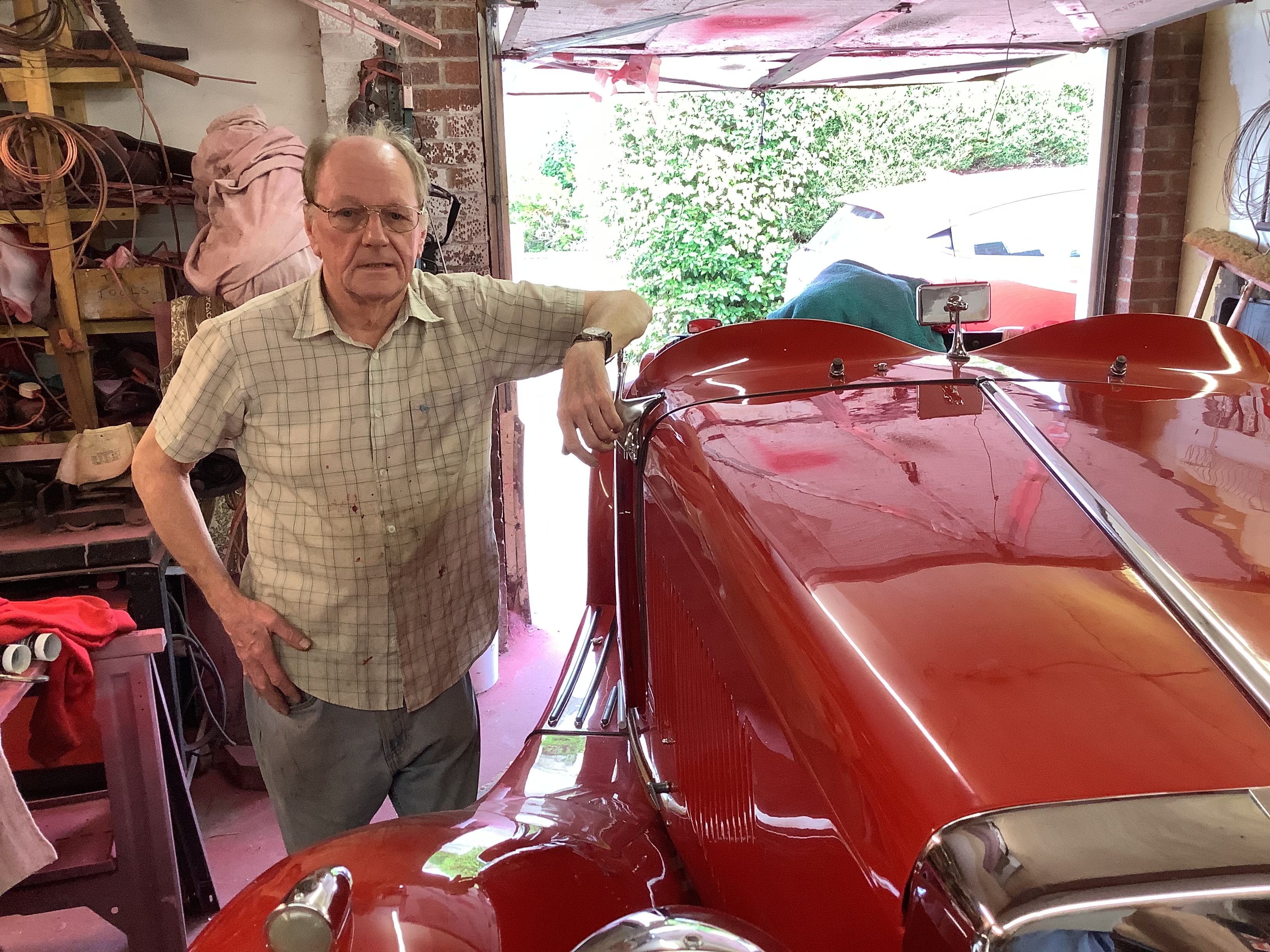
mleadbeater
-
Content Count
323 -
Joined
-
Last visited
Content Type
Profiles
Forums
Calendar
Posts posted by mleadbeater
-
-
big variation between your tap wrench and the one I found, wonder if they’re identical ?
-
Go on, treat yourself, life’s too short!
-
just for info, you can get a long T handle tap wrench, this may help with your tapping.
ebay link: https://www.ebay.co.uk/itm/144024857139
Mike
-
Just a thought; is there any good thread further up inside the hole, into which a longer bolt could engage.
Does this bolt need to be very tight?
If you used sufficient gasket sealer, these bolts don’t need to be super tight, as long as they nip up the gasket they should be fine, indeed over tightening can cause the flange to distort and cause leaking.
Thats why I wouldn’t use a torque wrench myself, just nip them up sufficiently to get the sealer to begin to squeeze out. They are not structurally resisting any forces, eg oil or gas pressure , or bearing forces, just holding on the sump and contents.
Some thread lock would ensure they didn’t work loose, maybe check periodically for any leakages. Silicone sealer will set, and retain a seal almost indefinitely.
Mike
-
Torque wrenches can be dodgy on this type application, and should in my opinion be avoided , just “ feel “ should suffice.
They are very inaccurate and subjective, ie lubricant on the thread, condition of thread, etc.
Anyway , to answer your question, I would say a helicoil in this application with sump in place would mean drilling an oversize clearance hole in the sump flange first, to clear the tap, then the thread could be cut in the crankcase with the sump in place.
Would any swarf go into the engine? or is the hole blind? I am not that familiar with this engine, just my general thoughts.
Could an oversize bolt be used? , maybe go to a coarser thread, eg UNC. or metric?
The XPAG engine in my TD , of French design (Hotchkiss), has sump and other bolts tapped into the iron and ally block and covers etc, using metric fine M8 threads, a very poor engineering practice in my view, many owners report stripped threads.
Hope this helps, I may have this issue when I replace the thrust bearings.
Good luck
Mike
-
Yes, welcome Barry.
So, as a “champion “ of spark plug manufacture (sorry), who maked the best and worst plugs?
Or if you can’t comment, what makes a good plug and a bad plug?
Mike
-
Thanks, Berry , thats great.
Dave, your Pinto washers? can you post some more details, maybe a photo, please.
Any comments on using phosphor bronze bearings?
cheers
Mike
-
Tom, sounds intriguing, some photo please.
Mike
-
using the pick and roll pin is less hassle to me, and is usefull for wiggling the pin for removal.
n.b. an assortment of 120 pins is only around £7 on ebay.
cheers
Mike
-
Having bug**ed about trying unsuccessfully to refit the cross pins, I carried out the following, which eased things considerably,
leading to success:
1) modify the plastic cap, by cutting a notch , as-in the photo, this gives more clearance in insertion of the pin.
2) Replace the solid pin by a roll pin, as used for retaining gears etc on shafts, then use a pick to hold the pin whilst inserting into position.
These picks are cheaply bought at autojumbles or ebay, and, as I have recently found, are most useful for many fiddly tasks, eg removing control knobs.
cheers
Mike
-
After much pondering, I’ve just managed to reliably measure my 6’s crank end float. No removing any components necessary, and only taking a few minutes.
I used my DTI magnetic base, first removing the screwed-in pillar , and using a couple of magnets and a short length of steel bar.
The base was attached to the rim of the pulley, making sure it wasn’t touching the timing cover, and the plunger placed to bear on the timing cover.
Measurement was made by levering the crank pulley, by the fan centre boss , not the pulley which is rubber-mounted if I am correct, and therefore prone to movement of the rubber independently and possibly giving a false reading.
The measurement came out at 10 thou, a little over the spec of up to 8 thou, so maybe a job to replace in the spring.
Hope this is of interest,
Mike.
Ps. does anyone have the inside and outside diameter of the thrust bearings? , I wad thinking of turning some on my lathe from phosphor bronze, I have some in stock which may be large enough. Thanks.
-
Has anyone found a difference of clearances between a cold then warm engine?
On my XPAG TD, there are no discernible differences.
Mike
-
Have you checked the fuel pressure?
Two recent posts on this.
Mike
-
thats correct, 3/8” bsp, male/female/male, you also need a reducing bush, 3/8” female to 1/8 “, assuming the gauge is 1/8”.
This can be used with the engine running, although the gauge oscillates a fair bit, engine static is fine.
cheers
Mike
-
I just check and adjust from front to back in order, (saves on buying chalk, important for a Yorkshireman!), easy to turn the engine by starter with the plugs removed.
Couple of tips:
use a decent ring spanner, maybe grind the lower end of the ring flat, if its chamfered, to get a best possible purchase on the easily-rounded nut.
if you suspect the rocker surface on the valve is worn, ie. indented, your feeler will bridge the indent giving a false setting.
To get a truer gap measurement, you may consider using a dial indicator, see photo.
-
hi,
for interest, I’ve just posted an ebay link on the other recent thread on this subject for a T adapter and pressure gauge., thats how I checked my fuel pressure.
Mike
-
I bought from ebay a T piece which screws straight on to the MU inlet, plus a gauge to fit to read 150 psi or so.
No hoses needed, and cheaper than your unit.
Mike
-
Does your expert give any reason why? Personally, I don’t see any problem of replacing the shell back to the place it came from.
Maybe if stretch bolts were used, they are only used once, but usually they are used on newer engines, more often for cylinder head bolts.
If you examine the threads of the bolts removed, looking for any deformation due to stretching, you may want to fit new ones.
Again, try a Google search on this topic, “ big end bolt replacement “ for example.
Mike
-
maybe look at this link
https://www.customthrustwashers.com/endfloat_2_007.htm
good description of how to.
Mike
-
just Google “Tr6 crankshaft end float”, you’ll get loads of info sources.
Mike
-
Yes, check the crankshaft thrust bearing halves, plenty info on how to do.
If the oil pressure was fine before, the pump should be ok. Might as well look at the bearing shells of the mains and big ends as well.
Mike
-
I would braze or silver solder it, less risk of burning a bigger hole in the thin metal.
Mike
ps are you contemplating swapping the thrust bearings, good time to check float and maybe replace?
-
you might try to use a Colortune, its a sort of window spark plug, lets you see the colour of the flame in any cylinder as it runs.
Ive used one for decades, in many cars, gives an instant indicator of combustion.
Ebay has them listed.
Mike
-
The Triumph workshop manual, known as the Brown Book, contains a good description of the metering unit, see link below.
I personally doubt tank fuel levels make a difference, the fuel pressure required is 110 psi, the pressure to open each injector is around 50 psi, the difference in these pressures is what drives the metering shuttle back and forth.
Are your plugs getting sooted up?
I’ve just fitted a new dizzy with electronic ignition, she seems to start and run much better, as I’ve always found with previous cars when fitted with e.i.
Mike

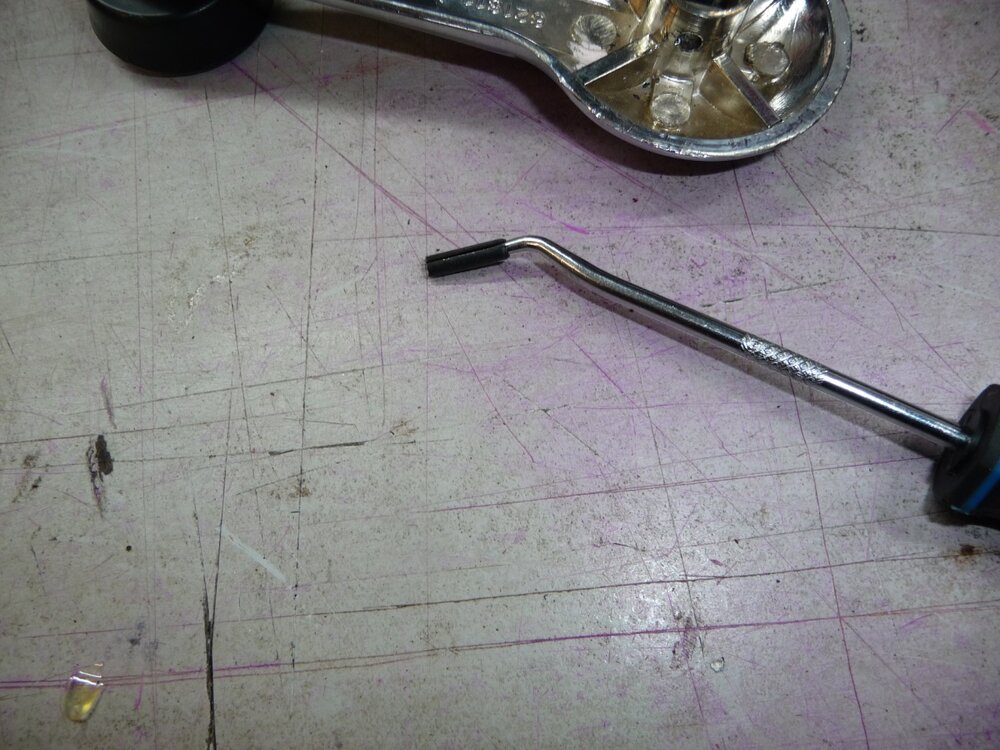
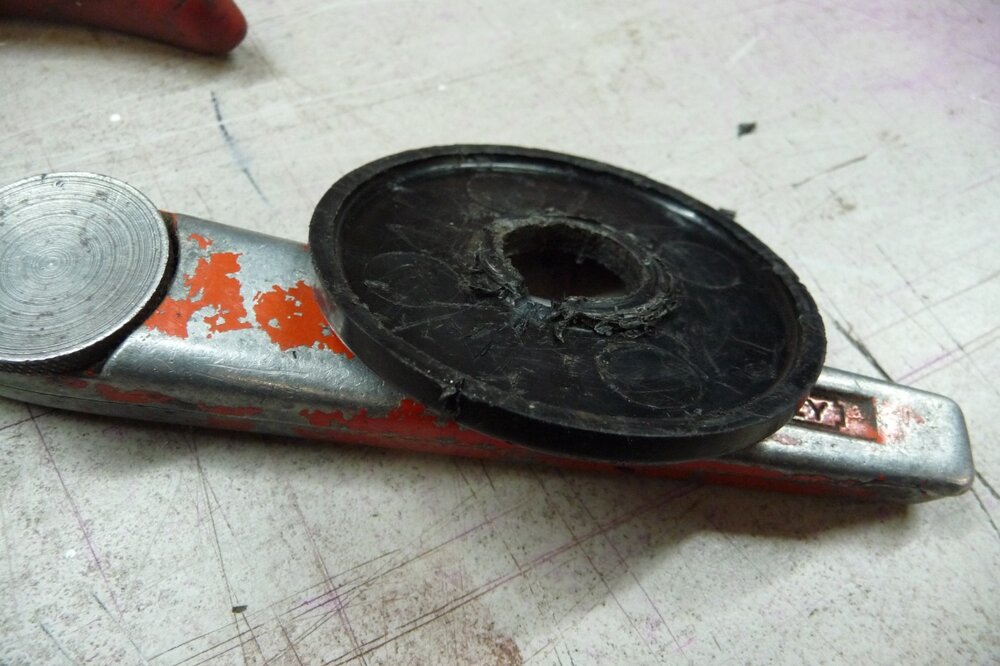
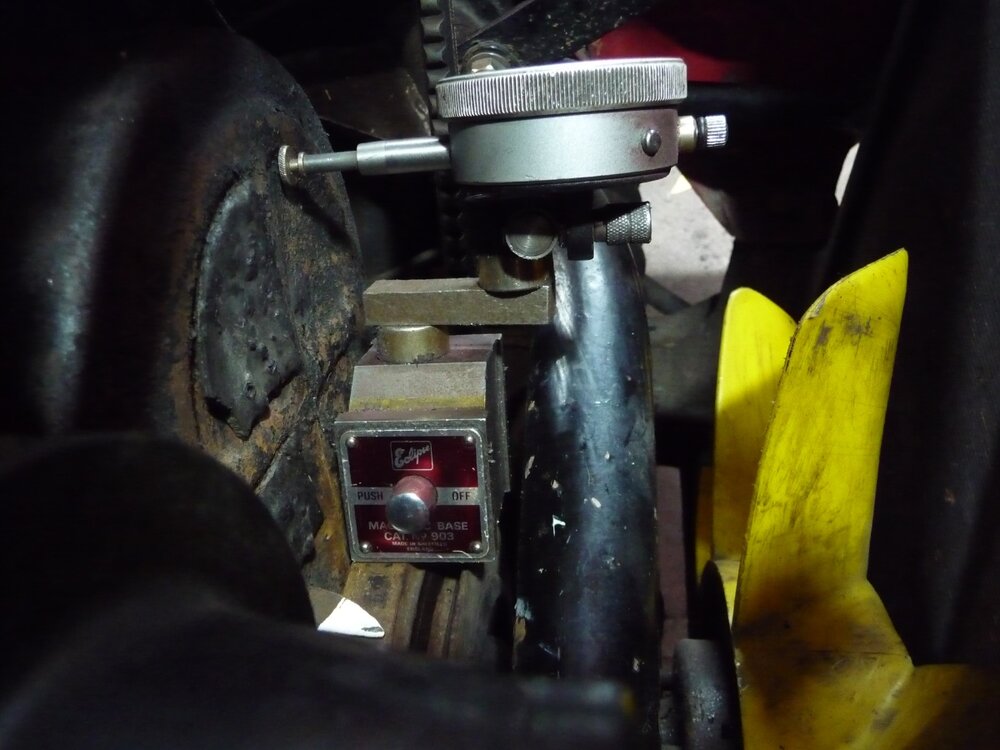
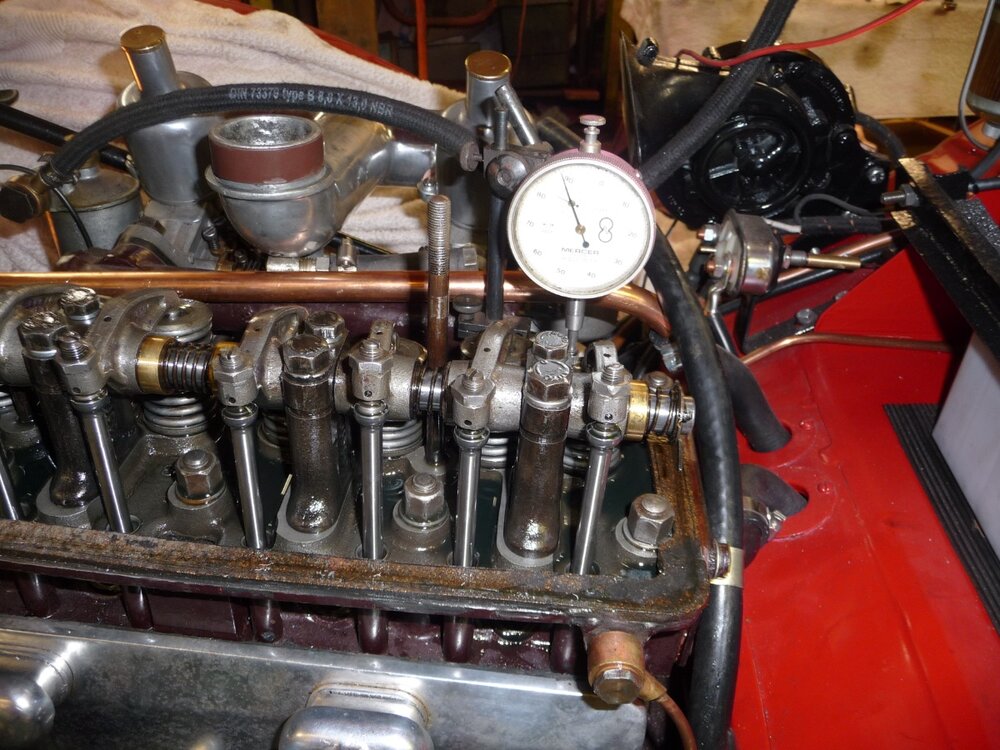
Fuel additives
in TR6 Forum
Posted
For my winter layup, I add some Lucas fuel stabaliser, supposed to stop gumming and other damage to fuel feeding components.
link to this, any other brands available.
Lucas Safe Guard Ethanol Fuel Treatment Conditioner Stabilizer Additive 473ml
In my modern Honda, I use 5% ethanol petrol, as the 10% **** gives around 10% worse fuel consumption, the former costing only around 5% more .
ie. pay 5% more and use 10% more…… biggest government con I am aware of, not a well thought through scheme.
Mike